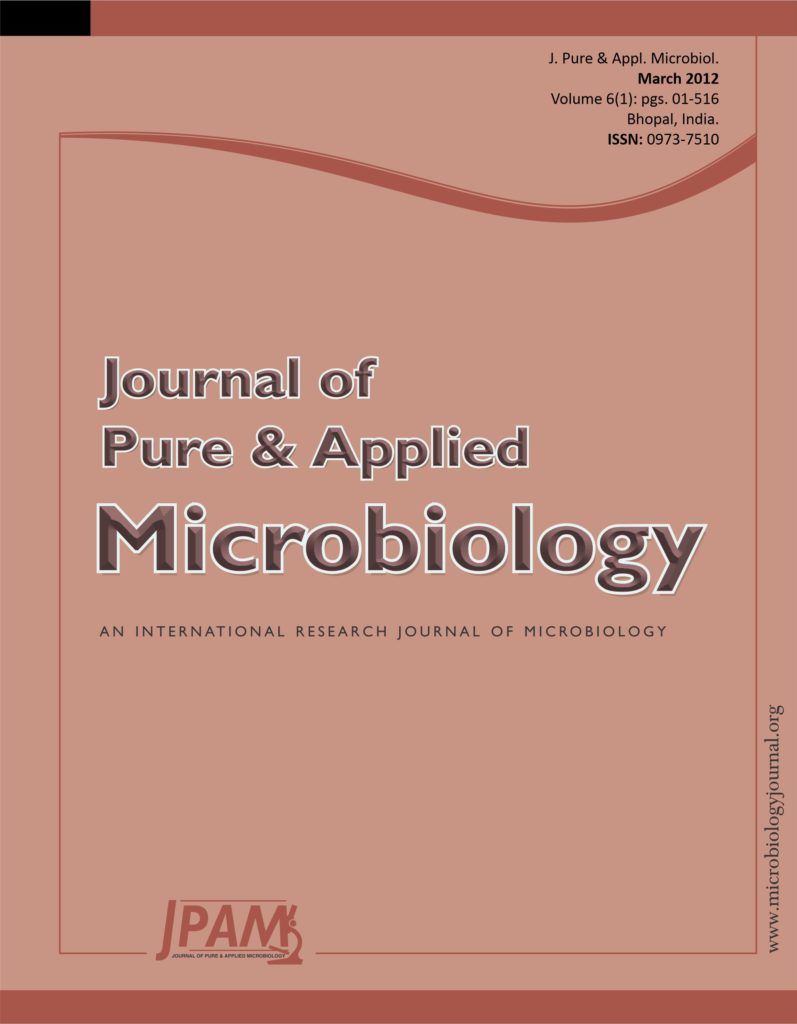Out of the 5 surfactant degraders obtained from lake shore sample were grown in Mineral salt medium with different oils as substrates. The emulsification index was calculated in which Enterobacter sp. 3EAG2 showed maximum emulsification index and was further studied and partially purified by Acetone precipitation. Maximum bioemulsifier production was obtained during the stationary phase after 72 hours using almond oil as a substrate. The bioemulsifier was found to be stable at 10º C & 37 º C. The bioemulsifier showed the presence of proteins, carbohydrates and also lipids in its backbone. The HPTLC & GC-MS analysis showed the presence of 3- hydroxyl- 2- alkyl fatty acids & saturated fatty acids, n-alkanes and esters of carboxylic acid that formed the sugar moiety respectively. The bioemulsifier showed efficient oil removing capacity and on immobilization of the Enterobacter sp. 3EAG2 cells in Sodium alginate beads, excellent detergent degradation was also observed over a period of 5 days.
Bioemulsifier, chemical emulsifier, Immobilization, HPTLC & GCMS
© The Author(s) 2012. Open Access. This article is distributed under the terms of the Creative Commons Attribution 4.0 International License which permits unrestricted use, sharing, distribution, and reproduction in any medium, provided you give appropriate credit to the original author(s) and the source, provide a link to the Creative Commons license, and indicate if changes were made.


